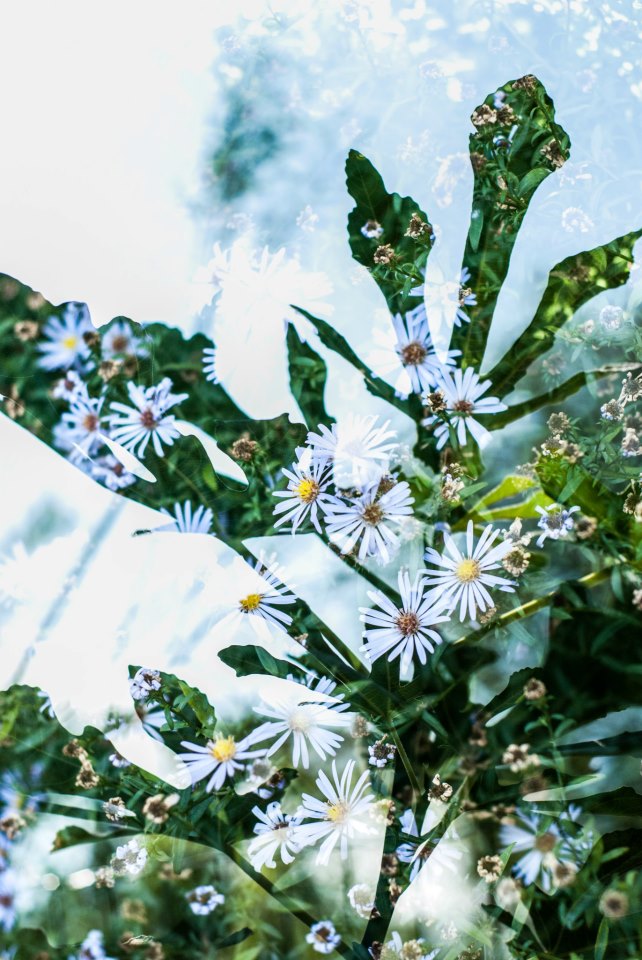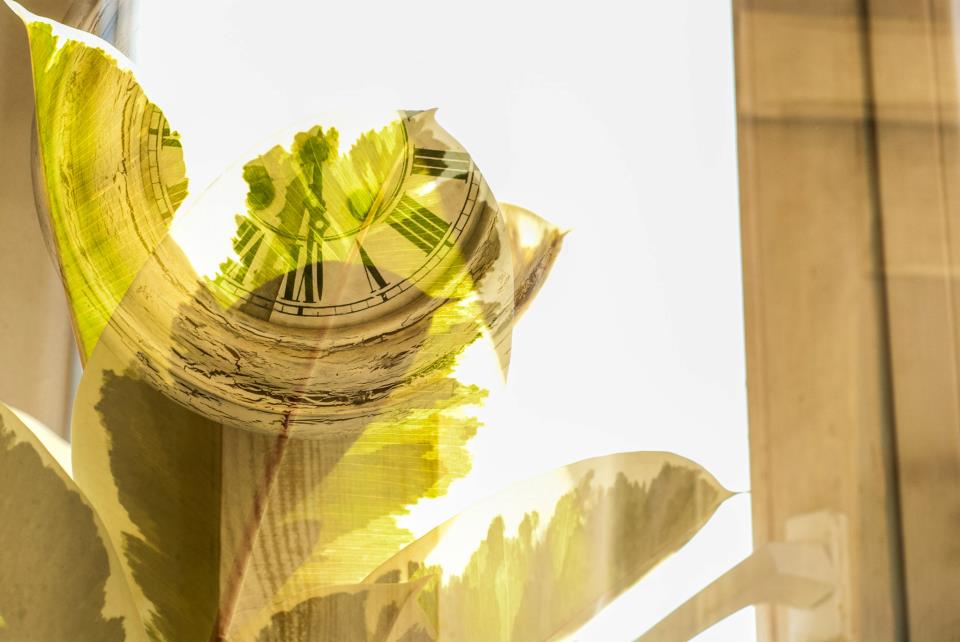Double exposure pictures look so dreamy and surreal that they have to be heavily edited, right? Not necessarily. Multiple exposure began as an analogue photographic technique, then evolved in a niche and now, it’s attainable by amateur photographers, as well. If you’re wondering how to pull it off without researching and watching dozens of tutorials, this article is for you. Here we have 4 ways (and tips) to create double exposed photos #fotomagic
Try with a film camera
If you want to be creative in an old-school fashion, I say you give it a go with your film camera. Indeed, it’s the most challenging way of obtaining double exposed pictures but you’ll have the biggest satisfaction when you pull it off. As opposed to digital cameras, be aware of the fact that you won’t be able to see the images shot on film and you have to superimpose them on the same frame. Ready? Here are some general rules:
- the first picture creates the outline (that will be filled with the second one, where you have texture), so you have to look for a subject you can place against a white background (sky, wall, etc)
- think about how many details you want to keep from this first picture; if you want less, expose so their face/silhouette is very dark
- underexpose by 1 stop, because you’ll be filling the same film twice
- the second picture should be colorful and with plenty of texture (trees, flowers, fabric, mountains, etc.); shoot closer for this one and make sure you fill the frame with the texture
- try to shoot the second picture in a slight shade
- if you’re using more than one silhouette in the first picture, try to remember where they were placed so if you make a third you can super impose it over a clear area of the picture, in the middle of the first two, for example
Use a digital camera with multiple exposure mode

@BogdanTrestianu/Shot with Olympus E-P1
Creating a double exposure with a DSLR that has multiple exposure mode is easier. The general rules from above apply but the camera takes the pictures separately and merges them by itself. Still, some ideas of what to expect when you’re trying this for the first time with your camera:
- don’t hurry, you can shoot the second one the next day as the first image can be saved on a SD card
- set up the multi exposure mode from your camera settings (after you take the first picture); select it and go to live view
- find the first picture which will provide the outline and select it so it shows on the LCD screen
- line up the images by aiming the lens towards the texture picture with the first image placed on the LCD screen
- capture the texture image and adjust zoom, angle and exposure until you get the result you want. Your camera will merge them now.

@BogdanTrestianu/Shot with Olympus E-P1
Learn how to do it in Adobe Photoshop
Maybe you don’t have a film camera or one that supports multiple exposure but you do love the effect. Play with it digitally, in Adobe Photoshop. All you need are two pictures – one with a silhouette on a white background and another with a landscape, floral arrangement, fabric – you name it! Super imposing them is a game of masks, levels and brushes, nothing too complicated for a person familiarized with Photoshop.
Here’s a good tutorial that will take you step by step through the whole process:
Get double exposed photos on your smartphone
Looking for a fast way to post a picture of you with a double exposure effect on a Social Media account? Take out your smartphone. There are plenty of good apps that can apply this effect.
iOS Free: Fused, Photoblend, Instant Blend, Photo Blender & more
iOS Paid: Faded, Afterlight, Juxtaposer, Superimpose & more
Android Free: Diana Photo, Photo Blender, Litho-Layered Photo, Double Photo & more
Android Paid: Superimpose, Meld, Double Photo Pro, Photoblend Pro & others
If you hate downloading apps and updating them until you have no more storage for your media, there’s another way of creating double exposed photos on your smartphone. Companies like FotoNation have the technology to enable your phone to shoot and merge in 2 clicks, using just your basic camera. A simple, efficient, quick tool like FotoFusion would spark your creativity and interest for this technique, introduce teenagers to the art of photography and even help social media managers create original and diverse content for business accounts. No more boring, stock photos to accompany links and announcements.
We don’t know about the existence of a smartphone that comes with such embedded technology but maaan, wouldn’t that be cool?!
Follow TechTheLead on Google News to get the news first.







